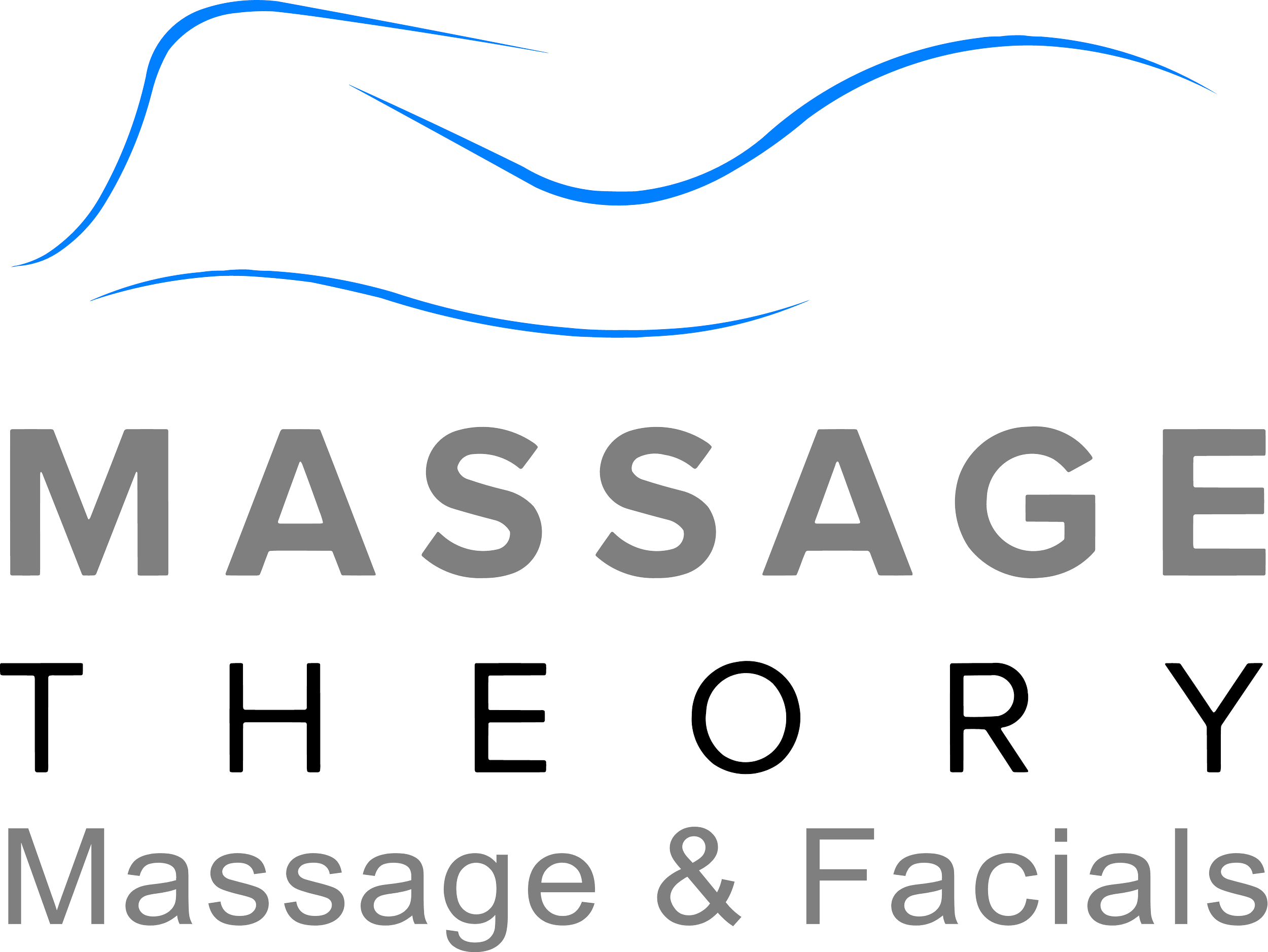The Science Behind Aromatherapy in Massage: Enhancing Relaxation and Healing
Aromatherapy massage is a powerful combination of therapy methods that can significantly enhance your well-being. By integrating the therapeutic benefits of touch with the properties of essential oils, this holistic approach targets both physical and emotional health. Aromatherapy works by using essential oils that can influence your brain's emotional center, particularly the amygdala, creating a profound effect on your mood and stress levels.
When you experience aromatherapy during a massage, the essential oils are either inhaled or absorbed by the skin. Your olfactory nerves send these scent molecules directly to the brain, profoundly impacting your emotional state. The therapeutic benefits of this practice have been used for centuries, providing not only relaxation but also targeted relief for specific health issues.
Research indicates that aromatherapy can be highly effective in reducing pain, particularly in areas like obstetrics and gynecology. This evidence highlights the significant role that essential oils can play in a comprehensive health and therapy routine. By incorporating aromatherapy into your massage sessions, you can achieve a deeper level of relaxation and holistic health benefits.
Understanding Aromatherapy and Essential Oils
Aromatherapy utilizes essential oils extracted from plants to promote physical and emotional well-being. Learn about its historical roots, the complex science behind scent, and the importance of high-quality oils.
Historical Use and the Modern Revival
Aromatherapy has deep historical roots. Ancient civilizations like Egypt, Greece, and India used essential oils from flowers, leaves, and roots for medicinal and spiritual purposes. Oils like frankincense and myrrh were integral to rituals and healing practices.
In modern times, aromatherapy has been revived, blending ancient knowledge with contemporary techniques. This revival involves the use of essential oils in holistic therapies to foster physical and emotional balance. Essential oils are now common in spas, wellness centers, and homes.
The Science of Scent and the Body
The olfactory system plays a significant role in how aromatherapy works. Scent molecules from essential oils stimulate olfactory receptors in your nasal cavity, sending signals directly to the brain's limbic system. This brain region is linked with emotions, mood, and memory.
For example, lavender oil can reduce anxiety and promote relaxation. Peppermint and eucalyptus oils can invigorate and improve focus. Different essential oils offer various benefits to the nervous system, influencing stress, anxiety, and overall emotional well-being.
Quality and Types of Essential Oils
Quality is crucial when it comes to essential oils. The best oils are extracted through steam distillation or cold pressing without synthetic additives. High-quality oils retain the natural essence of the plants, ensuring their effectiveness.
Essential oils like lavender, tea tree, peppermint, chamomile, and bergamot come from different parts of plants. They can be diluted with carrier oils for safe application on skin. Knowing the source and extraction method of your oils ensures better results and safety.
By understanding these facets, you can better appreciate and utilize the therapeutic benefits of aromatherapy and essential oils effectively.
Aromatherapy in Massage Practice
Aromatherapy in massage practice enhances the therapeutic benefits of traditional massage techniques by incorporating essential oils. This combination can address specific health issues, promote relaxation, and improve both physical and emotional well-being.
Integrating Aromatherapy with Massage Techniques
Incorporating aromatherapy into massage therapy involves the use of essential oils such as lavender, eucalyptus, and peppermint. These oils can be diffused into the air using diffusers or applied directly to the skin. Massage therapists often use gentle pressing and stroking techniques to ensure the oils are well-absorbed.
For a soothing experience, scents like lavender are commonly used for their calming properties. In contrast, oils like peppermint are known for their analgesic and anti-inflammatory effects, enhancing pain management and reducing inflammation. The choice of oil depends on the client's needs and the intended therapeutic outcome, such as stress relief, focus, or relaxation.
Health Benefits and Therapeutic Effects
Integrating aromatherapy in massage offers numerous therapeutic benefits. The essential oils used can influence the nervous system, aiding in stress relief and improving sleep quality. Oils such as chamomile and eucalyptus can alleviate stress and anxiety, promoting a state of relaxation.
Research shows that certain essential oils have antibacterial and anti-inflammatory properties, making them beneficial for skin conditions like acne or irritation. Additionally, inhaling these oils can support emotional and mental well-being, providing relief from symptoms of depression and anxiety. For those suffering from chronic pain, aromatherapy massage can offer significant relief, improving overall well-being.
Addressing Common Concerns Through Aromatherapy
Many people have concerns about the efficacy and potential irritation from essential oils. To address these issues, it is crucial to understand the specific properties and proper use of each oil. For instance, lavender is well-known for its calming effects and minimal risk of irritation, making it suitable for sensitive skin.
Aromatherapy can also target specific health concerns, such as insomnia, nausea, and arthritis. Inhaling oils like ginger and peppermint can reduce nausea, while oils with anti-inflammatory properties can alleviate arthritis pain. Aromatherapy massage provides both physical and emotional benefits, enhancing mental well-being and promoting overall relaxation.
In summary, integrating aromatherapy into massage practice offers a multifaceted approach to improving physical, emotional, and mental health, making it a valuable addition to traditional massage therapy.
